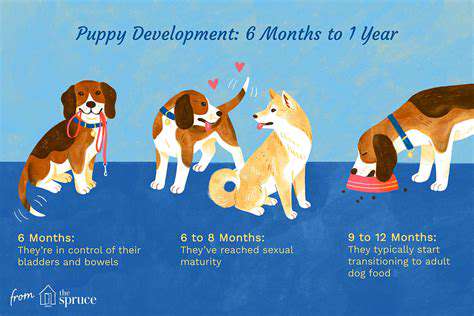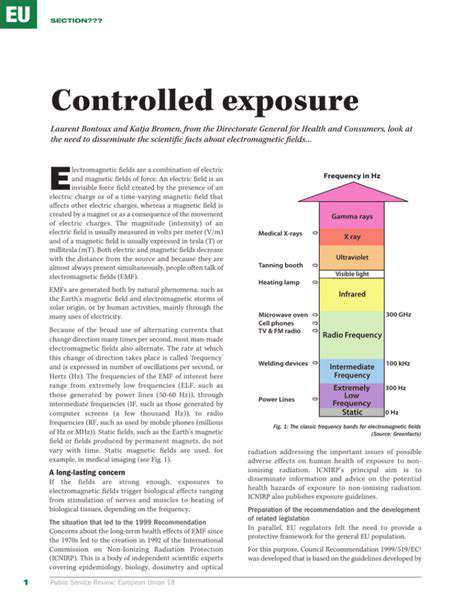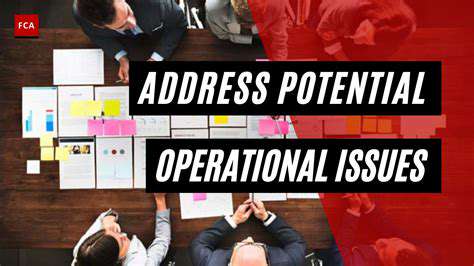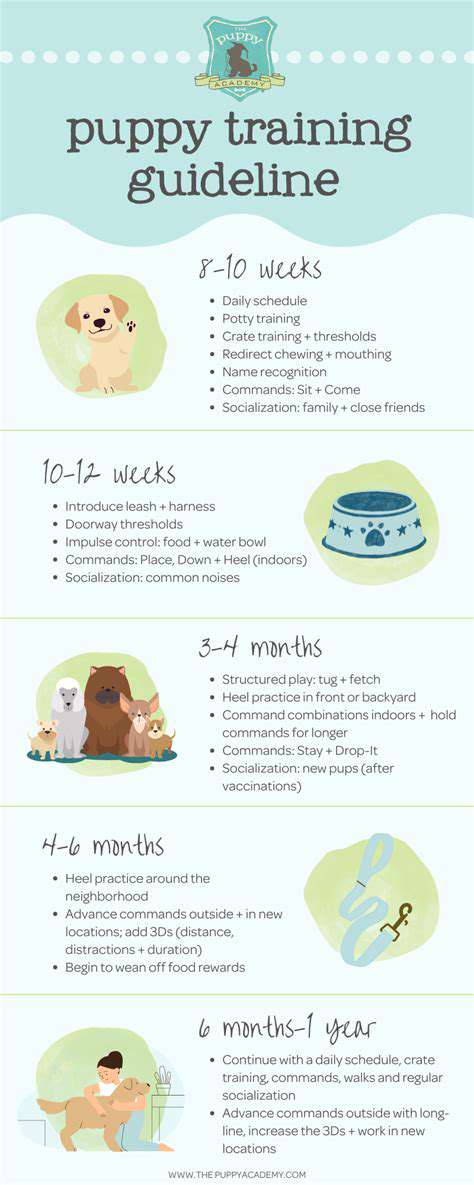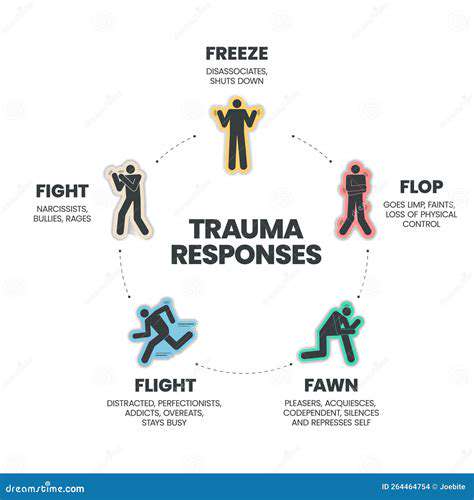The Importance of Tone of Voice in Puppy Obedience Training
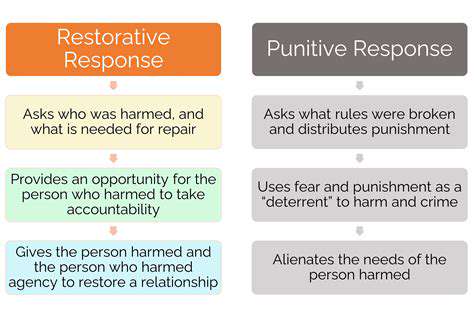
The Importance of Consistency in Tone
Maintaining a Consistent Tone
Consistency in tone is crucial for establishing a clear and reliable communication style when training your puppy. A consistent tone, whether it's happy encouragement or firm correction, helps your puppy understand your expectations. This predictability allows them to associate specific actions with specific responses, accelerating their learning process. Without consistency, your puppy might become confused or develop inconsistent behavior, making it more challenging to achieve your desired outcomes. This predictability is key to building a strong and trusting relationship with your furry friend.
Imagine trying to teach a child a new word. If you use the word in different ways, with different tones, and with inconsistent application, the child will struggle to grasp the meaning. Similarly, if you use a happy tone one moment and a stern tone the next when teaching your puppy a command, they won't know how to respond correctly, and the learning process will be far more difficult.
Clarity and Understanding
A consistent tone of voice enhances clarity in communication. When you use a specific tone to convey a command, your puppy learns to associate that tone with the desired action. This association builds a strong understanding of what you expect from them. Clear communication, in turn, minimizes confusion and misinterpretations, paving the way for more effective training. The consistent use of a particular tone ensures that your puppy doesn't misinterpret your intentions, fostering a more harmonious and productive training experience.
By consistently using the same tone for rewarding good behavior, you're reinforcing the positive association with that behavior. Likewise, a consistent tone for correcting unwanted behavior helps your puppy understand that the action is unacceptable. This consistency is the bedrock of clear communication between you and your puppy.
Building Trust and Rapport
A consistent tone of voice plays a significant role in building trust and a positive rapport with your puppy. When your puppy understands that your tone consistently reflects your expectations, they develop a sense of security and predictability in their relationship with you. This predictability fosters a deeper understanding and strengthens the bond between you and your puppy. They'll learn to anticipate your reactions and responses, which will ultimately lead to a more cooperative and enjoyable training experience for both of you.
Consistent tone helps your puppy feel secure in the training environment. They know what to expect, which reduces anxiety and promotes a positive learning experience. A consistent approach demonstrates your reliability and provides a stable foundation for your puppy's development, ultimately building a stronger, more trusting relationship based on mutual understanding.
Building Trust Through a Positive Tone

Cultivating Open Communication
Building trust hinges on open and honest communication. This involves actively listening to concerns and feedback, both positive and negative, and responding thoughtfully and transparently. Open communication fosters a sense of safety and encourages individuals to share their perspectives without fear of judgment. It also allows for the identification and resolution of potential issues before they escalate, strengthening the foundation of trust.
Furthermore, consistent communication, even when there isn't a specific issue to address, demonstrates a commitment to transparency and builds a stronger relationship. This includes regular updates, proactive information sharing, and clear explanations of decisions and actions.
Demonstrating Reliability and Integrity
Reliability is a cornerstone of trust. Individuals who consistently follow through on commitments and deliver on promises are perceived as trustworthy. This includes meeting deadlines, honoring agreements, and fulfilling responsibilities in a timely and efficient manner. This consistent reliability creates a predictable and stable environment where individuals can confidently rely on the other person's actions.
Integrity plays an equally important role. Acting with honesty, ethical principles, and moral values consistently reinforces trust. This means upholding principles even when faced with difficult situations and making decisions based on ethical considerations rather than personal gain.
Fostering Empathy and Understanding
Empathy, the ability to understand and share the feelings of another, is crucial in building trust. Actively seeking to understand different perspectives and acknowledging the validity of others' emotions builds rapport and fosters a sense of connection. This involves putting yourself in the shoes of others and considering their experiences and feelings.
Demonstrating understanding, especially in challenging situations, shows respect for differing viewpoints and encourages open dialogue. It helps to create a safe space for people to feel heard and valued.
Respecting Boundaries and Personal Space
Respecting personal boundaries is fundamental to building trust. This involves recognizing and respecting the limits that others may set, both in terms of communication and interactions. It's crucial to avoid crossing lines that could make individuals feel uncomfortable or disrespected. Creating a space where individuals feel safe and respected fosters a strong foundation for trust.
Personal space is also vital in creating a trusting environment. Respecting personal space, whether physical or emotional, shows consideration and allows individuals to feel comfortable and valued. This includes giving people the space they need to process information or express their opinions without feeling pressured.
Consistency in Actions and Words
Building trust requires a strong alignment between words and actions. Consistency creates a sense of predictability and reliability, which are key components of trust. When people say one thing and do another, it erodes trust quickly. Individuals who consistently behave in line with their stated values and commitments are perceived as trustworthy.
This consistency is crucial in building long-term relationships and creating an environment where individuals feel safe and confident in their interactions.
Active Listening and Responsive Actions
Active listening is an important skill in building trust. Listening intently, paying attention not just to the words but also to the underlying message and feelings, demonstrates respect and value for the other person. It shows that you're truly engaged in understanding their perspective and concerns.
Following up on conversations and taking appropriate action based on the feedback received is essential to demonstrating responsiveness and accountability. This reinforces trust by showing that their voice is heard and valued, and that their input is not simply ignored.
Read more about The Importance of Tone of Voice in Puppy Obedience Training
Hot Recommendations
- The Impact of Early Socialization on a Dog's Interaction with Other Animals
- Car Travel and Puppy Socialization: Making the Journey a Positive Experience
- The Importance of Early Environmental Exposure for Puppy Development
- Taking Your Puppy to the Vet: Positive Socialization Strategies
- Making Training a Positive Experience for Your Puppy
- Public Transportation and Puppy Socialization: A Step by Step Guide
- Safe Socialization: Allowing Others to Pet Your Puppy
- Helping a Puppy Who Struggles with "Stay"
- Positive Puppy Interactions: Making Meetings with New Friends Fun
- No Treats Needed? Training Basic Commands with Verbal Praise



